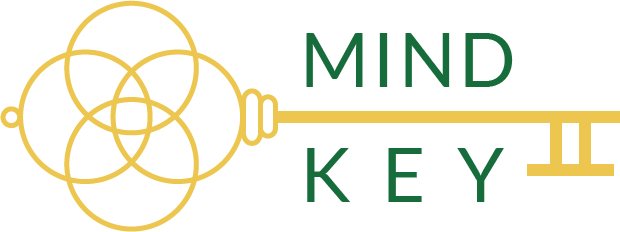The Subtleties of Listening
Listening is quite an art form when practiced properly. By “properly”, I mean in such a way where one hears all of what is being expressed, between the lines of what is directly communicated and what is not.
While in my office with those I care for, listening becomes a wonderful dance of both active and passive participation. I listen to what is being said, as well as to what is not said, what is being communicated through the quieter aspects of facial expression and diagnosis, tone of voice and choice of words, posture and body language. I listen to my intuition as well, because sometimes I clearly understand that there is more to know than what is being said. When this understanding occurs, it’s time to employ a deeper level of listening…
When listening to oneself, the formula is not much different. It also involves listening in 360 degrees–where you pay attention to the spaces in between the direct, obvious thought patterns. This involves feeling your body during certain thought patterns–do you contract? Do you expand? Does your body feel tight, or does it feel at ease, relaxed? Does the thought make you smile? What does your intuition say about it?
You may also read environmental signs and correlate them with what you were thinking at the moment that the sign appeared. Try this exercise: whenever you find money, or see a feather on the street, recall what you were thinking right before, or as you were noticing it. This happening is generally considered to be a confirmation, or a “yes” to whatever it is that you were thinking in the moment. Then, of course, the task is yours to interpret this information and figure out how it integrates into your life.
These methods of listening are crucial to employ when one is endeavoring to find her or his own medicine in life. What heals you? What makes you feel good? What helps you release a bad day? What assists you in the process of breaking an obsessive thought pattern? It is critically important for us to find and fill our own, exclusive-to-only-ourselves, metaphysical medicine cabinet. It is important to really pay attention to what nourishes deep down inside so that you have your options ready when you need them.
For example, some time ago, I recognized that candles were a form of medicine for me. I noticed that every time I saw lit candles, there was a place inside that reacted with such softness and calm. Prior to that moment, I had not ever thought of lighting candles, certainly not just for myself. Now, a lit candle can very quickly free me of most negative emotions and situations. They aren’t the only practice I have that nurtures me, but they are a great example of how listening to your personal responses can lead to subtle, yet profound tools of healing.
One way to begin creating this toolbox is by making a list of everything that you gravitate toward in your free time. What do you find yourself doing over and over? What have you wanted to do but haven’t? Do you have anything that makes you think, “I wish I could do that/ I should try that some time”? What do you miss when you don’t do it? You are looking for things that either give you a strong response of some kind, or things that seem to come up over and over.
Once you make your list, go through it and begin trying on each item without judgment, listening closely to what your body and your intuition responds. Notice your conscious thoughts around each aspect of the activity. Breathe into each aspect of the list while you do it, and see if your body expands, see if that breath is easy or full, see if it makes you feel soft, or calm, or nurtured, or even loved. If any of these internal experiences occur, it is fairly safe to say that this activity is one that can go into your particular self-care, personal metaphysical medicine cabinet.
This new way of deeply listening may take some time to master, but it does get easier and easier, helping you in many situations in your life. Once you are certain of what works for you, you can employ this tool any time you need it; if you employ it more than only when you need it, you will know a centered steadiness in the face of whatever life throws at you. The great thing is that there are no rules to how much or how often we all take care of ourselves, only that life is much richer and fuller, and the colors of our world are much brighter, when we do.
Lots of love to you.
 |
| Dr. Lisa M. Avila |
Dr. Lisa M. Avila affords her clients safe, guided passage from pain/dysfunction to knowing and understanding their own bodies and what it’s trying to teach them.






